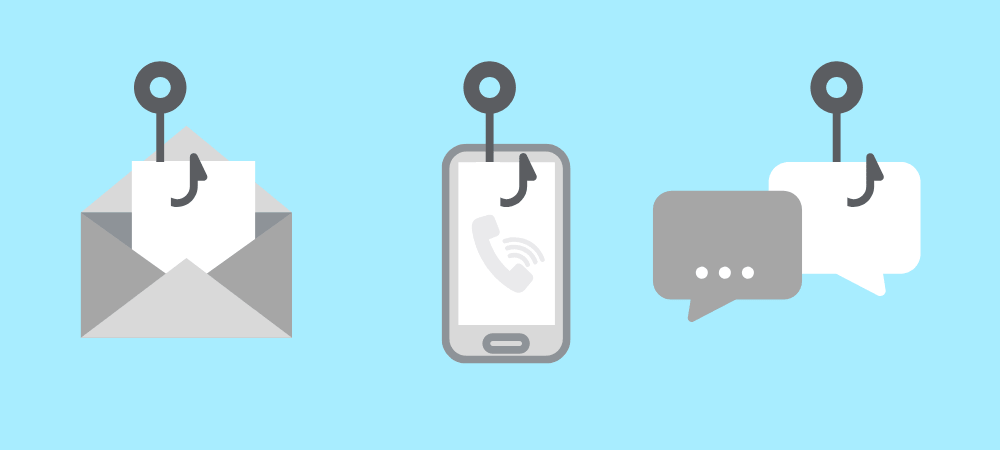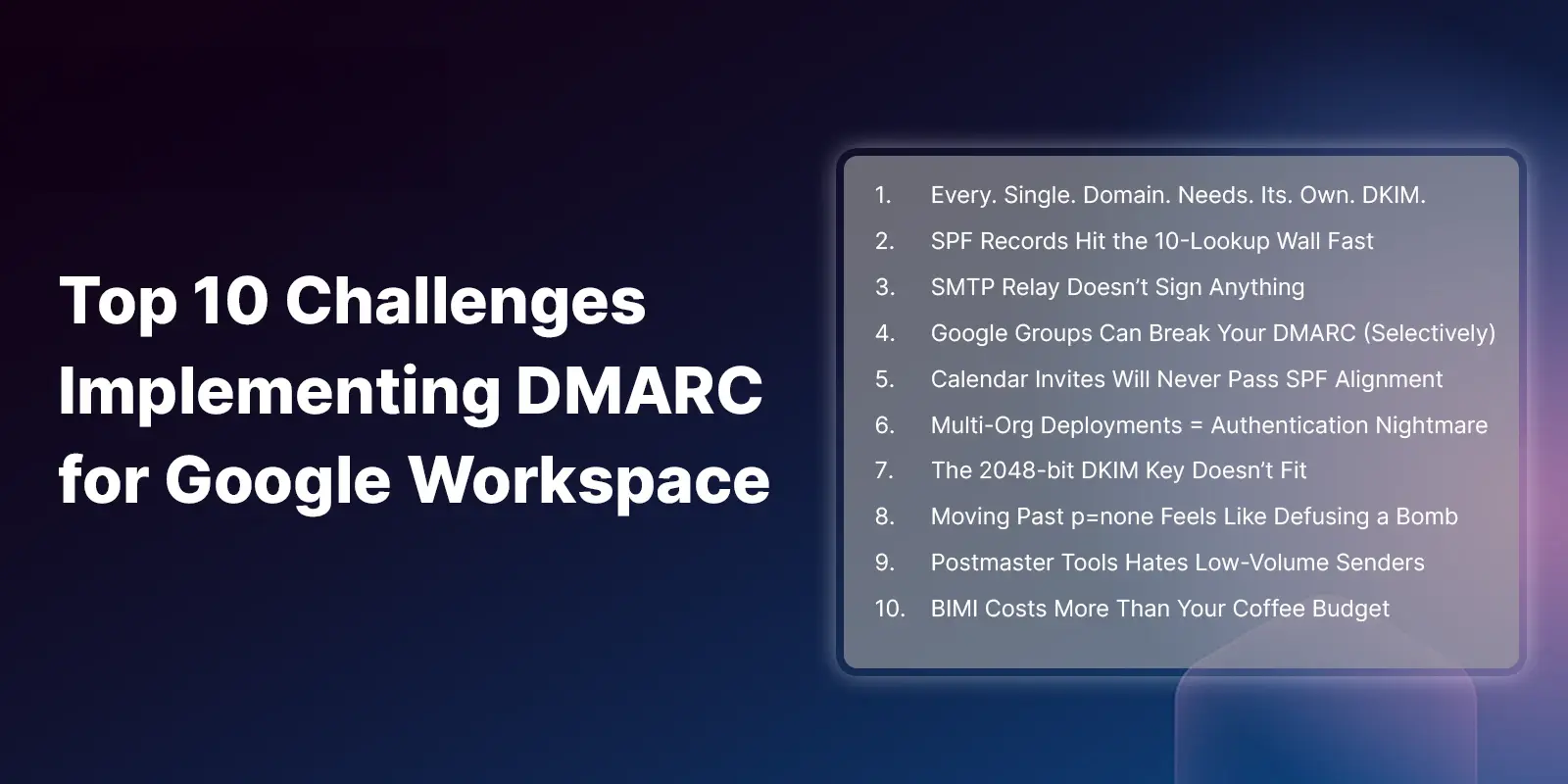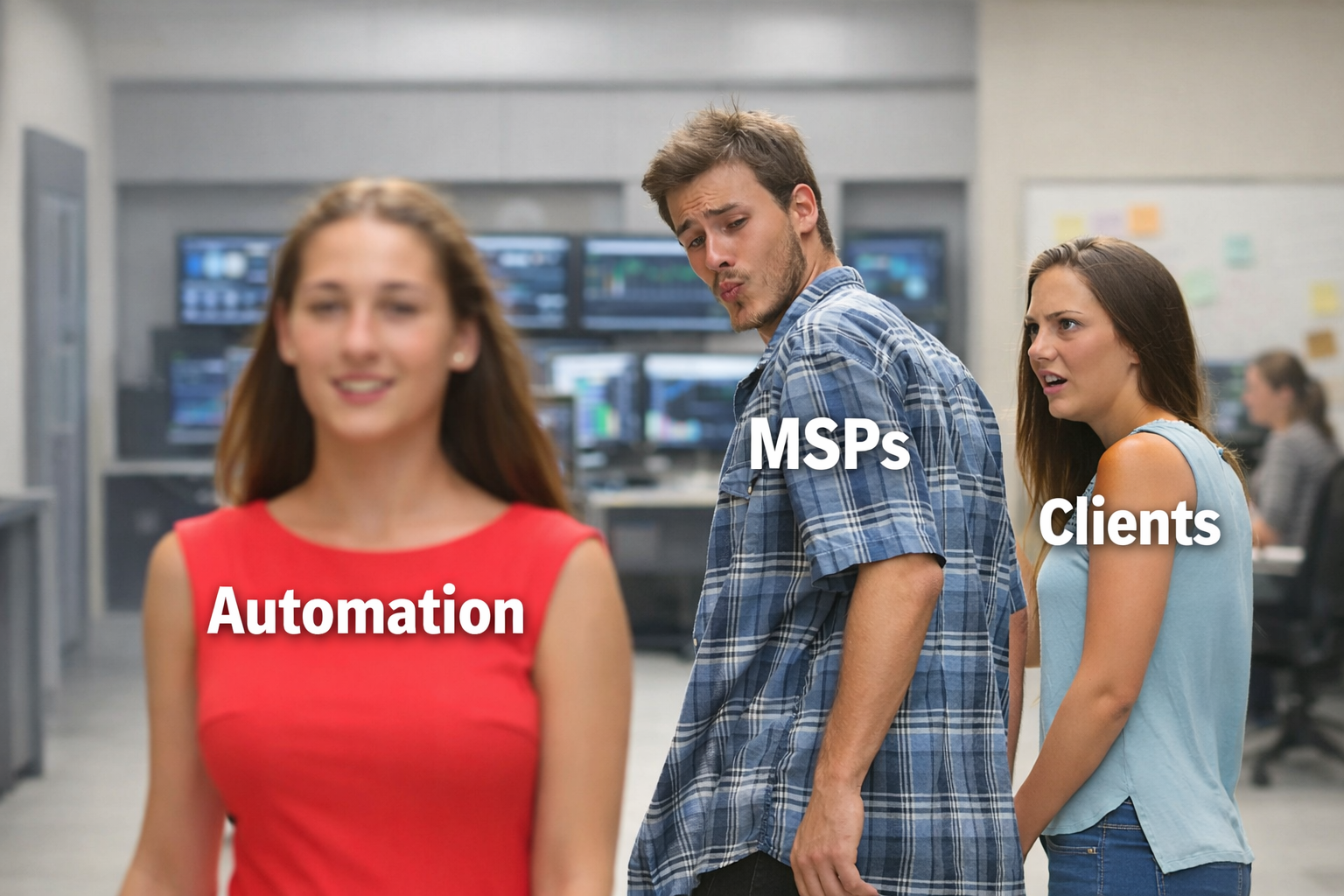Table of Contents
Let's talk about the real story behind Google's DMARC maze, shall we? (You might want to go pour yourself a cup of coffee, this’ll take ~14 minutes, but it’s the guide I wish I had.)
Remember when Google made DMARC mandatory for bulk senders in February 2024? Yeah, that was fun. If you're like me, you probably thought "How hard can it be? Add some DNS records, flip a switch in Admin Console, done."
Spoiler alert, Google Workspace has its own special brand of DMARC chaos that makes Microsoft 365 DMARC Challenges look straightforward. After helping dozens of organizations navigate this minefield, I'm sharing the real challenges you'll face, and more importantly, how to actually fix them.
The TL;DR
Google's DMARC implementation feels like assembling IKEA furniture where half the pieces are from different sets. Unlike Microsoft 365's centralized approach, Google scatters authentication settings across multiple interfaces, enforces stricter limits, and has some genuinely unfixable problems (looking at you, Calendar invites). But with the right approach, you can achieve 95%+ authentication rates, just expect to work for it.
Challenge #1
Every. Single. Domain. Needs. Its. Own. DKIM.
The headache: Google only signs the primary domain by default. Got five domains? Ten? Congratulations, you're manually creating DKIM keys for each one. There's no "apply to all domains" button like in M365.
Why it happens: Google treats each domain as a completely separate entity. Your marketing subdomain, country-specific sites, legacy acquisition domains...all need individual DKIM keys generated through Admin Console → Apps → Google Workspace → Gmail → Authenticate email.
(See Google DKIM setup guide: https://support.google.com/a/answer/174124)
The fix:
- Create a spreadsheet tracking every sending domain
(yes, even that old one from 2015) - Generate 2048-bit keys for each, one at a time, no shortcuts
- Add calendar reminders to rotate keys annually
(Google recommends this but doesn't automate it) - Budget 30 minutes per domain for initial setup
Pro tip: Start DKIM generation 72 hours before you need it. Google has a mandatory waiting period after enabling Gmail for new domains.
Challenge #2
SPF Records Hit the 10-Lookup Wall Fast
The headache: That innocent include:_spf.google.com already uses multiple lookups internally. Add Salesforce, Mailchimp, and your ticketing system, and boom...SPF PermError.
Why it happens: Here's what actually happens under the hood when a mail server evaluates your Google SPF record:
The DNS Lookup Chain:
-
First lookup: The receiving server queries
_spf.google.com- This returns:
v=spf1 include:_netblocks.google.com include:_netblocks2.google.com include:_netblocks3.google.com ~all
- This returns:
-
Now it gets interesting - that response contains THREE more include mechanisms! So the server must perform:
- Second lookup:
_netblocks.google.com(returns IPv4 ranges) - Third lookup:
_netblocks2.google.com(returns IPv6 ranges) - Fourth lookup:
_netblocks3.google.com(returns additional IP ranges)
- Second lookup:
So that innocent-looking include:_spf.google.com actually consumes 4 DNS lookups out of your maximum 10 allowed by RFC 7208 (https://datatracker.ietf.org/doc/html/rfc7208)!
Real Example:
# Your SPF record
v=spf1 include:_spf.google.com include:salesforce.com include:mailchimp.com ~all
# Actual lookup count:
# include:_spf.google.com = 4 lookups (1 initial + 3 nested)
# include:salesforce.com = 2-3 lookups (they have nested includes too)
# include:mailchimp.com = 2 lookups
# Total: 8-9 lookups (dangerously close to the 10 limit!)
Why This Matters:
- You only get 10 DNS lookups total (RFC 7208 requirement)
- The initial lookup counts toward your limit, it's 4 of 10, not 3 of 10
- Google can add, remove, or rename these includes at any time
- Each third-party service brings its own lookup overhead
- Exceeding 10 lookups = automatic SPF failure (PermError)
(See Google SPF Record Settings: https://support.google.com/a/answer/33786)
The Sneaky Part: Google explicitly notes that mail-server IP ranges "change often" and advises checking the SPF record regularly. What uses three nested includes today might use four tomorrow. I've seen organizations suddenly start failing SPF because Google restructured their records without warning.
The fix:
- Run
dig TXT _spf.google.comto check current lookup count - Implement SPF flattening to convert nested includes to direct IP ranges
- Move non-critical senders to subdomains with separate SPF records
- Monitor your SPF regularly, what works today might break tomorrow
Real numbers: 73% of organizations audited exceeded SPF limits within six months withing six months of setup.
What is SPF Flattening?
SPF flattening converts those nested include: statements into explicit IP addresses. Instead of telling receiving servers "go check what IPs Google authorizes," you list those IPs directly in your SPF record. This eliminates the DNS lookup overhead but requires maintenance as IP ranges change.
Manual flattening example:
# Before flattening (4+ lookups):
v=spf1 include:_spf.google.com ~all
# After flattening (0 lookups):
v=spf1 ip4:64.233.160.0/19 ip4:66.102.0.0/20 ip4:66.249.80.0/20 ip4:72.14.192.0/18 ip4:74.125.0.0/16 ip4:108.177.8.0/21 ip4:173.194.0.0/16 ip4:209.85.128.0/17 ip4:216.58.192.0/19 ip4:216.239.32.0/19 ip6:2001:4860:4000::/36 ip6:2404:6800:4000::/36 ip6:2607:f8b0:4000::/36 ip6:2800:3f0:4000::/36 ip6:2a00:1450:4000::/36 ip6:2c0f:fb50:4000::/36 ~all
The manual process involves:
- Running
dig TXTon each include to extract IP ranges - Combining all IPs into a single SPF record
- Monitoring for changes (Google updates their IPs quarterly)
- Updating your flattened record when IPs change
For detailed step-by-step instructions on manual SPF flattening, check out our comprehensive guide: What is SPF Flattening?
Challenge #3
SMTP Relay Doesn't Sign Anything
The headache: Your scanner sends through smtp-relay.gmail.com? Congrats, DKIM = none. Every time. Unlike Exchange Online's connectors, Google's relay is authentication-agnostic.
Why it happens: Google's SMTP relay service focuses on delivery, not authentication. It accepts messages based on IP allowlisting but doesn't add DKIM signatures or modify messages to help with alignment.
The fix:
- Option 1: Route devices through authenticated SMTP (smtp.gmail.com) with app passwords
Why this is smart: Messages sent via smtp.gmail.com are DKIM-signed with your domain, so they pass DMARC alignment automatically. - Option 2: Assign devices their own subdomain with relaxed DMARC policy
- Option 3: Implement a signing gateway between devices and Google
- Option 4: Accept that some device mail will fail DMARC (not recommended)
Note: App passwords are being phased out, plan for OAuth or dedicated relay solutions.
Challenge #4
Google Groups Can Break Your DMARC (Selectively)
The headache: Groups forward some messages with original headers intact, causing DMARC failures. But only sometimes. It depends on the sender's DMARC policy.
Why it happens: Google Groups only rewrites the From header when the original sender has p=quarantine or p=reject. Messages from p=none domains pass through unchanged, failing SPF alignment at the destination.
The fix:
- Enable "Include the original sender" setting in Groups
- Consider disabling external forwarding for sensitive groups
- Implement ARC headers (mandatory for bulk senders anyway)
- Train users on when to use Groups vs. shared mailboxes
The Gotcha: This behavior changes without notice. Monitor your DMARC reports for "google.com" as source.
Challenge #5
Calendar Invites Will Never Pass SPF Alignment
The headache: Every calendar invite from your domain fails SPF-based DMARC alignment. Period. No fix available.
Why it happens: Google Calendar uses calendar-server.bounces.google.com as the Return-Path while showing your domain in the From field. SPF passes (Google's servers), but alignment fails (domains don't match).
The fix:
- Ensure DKIM is properly configured, it's your only hope
- Set up subdomain delegation for calendar if you need strict alignment
- Accept that some percentage of calendar traffic will show as "partially authenticated"
- Document this limitation for auditors who ask about 100% compliance
Google's stance: "Working as designed." They suggest relying on DKIM for calendar authentication.
Challenge #6
Multi-Org Deployments = Authentication Nightmare
The headache: Merged with another company? Good luck. Google's domain architecture makes M&A scenarios particularly painful for DMARC.
Why it happens:
- Secondary domains always use the primary domain's Return-Path
- DKIM keys can't be shared between organizations
- Groups and routing rules don't play nicely across org boundaries
- No native domain migration tools preserve authentication
The fix:
- Plan 6-month transition periods for domain consolidation
- Maintain separate DMARC policies during migration
- Use third-party tools for cross-domain DKIM signing
- Consider keeping organizations separate if email volumes justify it
War story: One client's acquisition added 47 domains. Setup took three months.
Challenge #7
The 2048-bit DKIM Key Doesn't Fit
The headache: Google recommends 2048-bit keys. Your DNS provider has a 255-character TXT record limit. Math doesn't work.
Why it happens: 2048-bit DKIM public keys are ~400 characters. Most DNS providers limit TXT records to 255 characters per string.
The fix:
"v=DKIM1; k=rsa; p=MIIBIjANBgkqhkiG9w0BAQEFAAOCAQ8AMIIBCgKCAQEA1234..."
"...continuation of key...567890"
- Split the key into multiple quoted strings (no spaces between quotes)
- Test with
dig TXT selector._domainkey.yourdomain.com - If splitting fails, fall back to 1024-bit (still acceptable, despite Google's preference)
Success rate: 85% of providers support split records, 15% require 1024-bit fallback.
Challenge #8
Moving Past p=none Feels Like Defusing a Bomb
The headache: A majority of new Workspace domains stay at p=none six months after Google’s deadline. Fear of breaking production is real.
Why it happens: Unlike M365's graduated enforcement, Google applies policies immediately. No safety net. Set p=reject at 100%, and you're fully committed.
The fix:
- Week 1-2:
p=none(monitor everything) - Week 3-4:
p=quarantine;pct=10 - Week 5-6:
p=quarantine;pct=50 - Week 7-8:
p=quarantine;pct=100 - Week 9+:
p=reject;pct=10, then increase gradually
Critical: Use pct= tag for gradual rollout. Monitor Postmaster Tools daily during transitions.
Challenge #9
Postmaster Tools Hates Low-Volume Senders
The headache: Need DMARC data? Send to 100+ unique Gmail addresses daily or get nothing. Catch-22 for small organizations.
Why it happens: Google requires statistically significant volume for Postmaster Tools data (https://postmaster.google.com/).
No volume = no visibility into authentication performance.
The fix:
- Aggregate multiple domains under one Postmaster account
- Send legitimate traffic to gmail.com addresses (newsletters, reports)
- Partner with similar orgs to share Postmaster access for visibility
- Deploy open-source DMARC report processors that work with any volume
Alternative: For organizations that need robust DMARC reporting regardless of volume, consider implementing comprehensive DMARC monitoring and management solutions.
Challenge #10
BIMI Costs More Than Your Coffee Budget
The headache: Want your logo in Gmail? That'll be $1,500 a year minimum, plus possible design costs, plus ongoing certificate management.
Why it happens: Google requires Verified Mark Certificates (VMC) from certified authorities. No self-signed shortcuts. Logos must be trademarked, SVG format, and meet specific technical requirements.
The fix:
- Ensure DMARC is at
p=quarantineorp=reject first - Budget for VMC costs ($1,000-3,000 annually)
- Use Google's BIMI Inspector to validate SVG formatting
- Consider Common Mark Certificates (CMC) if no trademark exists
- Accept that BIMI is optional and focus on DMARC compliance first
ROI reality: BIMI increases email engagement by 10% average, but calculate if that justifies the cost.
Battle-Tested Implementation Plan
Here's what actually works, distilled from dozens of implementations:
Phase 1: Discovery (Week 1)
- Export all domains from Admin Console
- Run MX record checks on each domain
- Identify all sending sources (apps, devices, services)
- Document current SPF/DKIM status
Phase 2: DKIM Deployment (Weeks 2-3)
- Generate 2048-bit keys for primary domain
- Test with internal recipients
- Roll out to secondary domains in batches of 5
- Verify with
Authentication-Resultsheaders
Phase 3: SPF Optimization (Week 4)
- Audit current lookups:
dig TXT yourdomain.com - Implement flattening if >7 lookups
- Separate marketing/transactional senders
- Document all authorized senders
Phase 4: DMARC Rollout (Weeks 5-12)
- Start:
p=none; rua=mailto:dmarc@yourdomain.com - Week 2:
p=quarantine; pct=10 - Week 4:
p=quarantine; pct=50 - Week 6:
p=quarantine; pct=100 - Week 10:
p=reject; pct=20 - Week 12:
p=reject; pct=100
Phase 5: Monitoring (Ongoing)
- Daily: Check Postmaster Tools
- Weekly: Review DMARC aggregate reports
- Monthly: Rotate passwords, audit new senders
- Annually: Rotate DKIM keys
Why This Matters More Than Ever
Microsoft, Google, and Yahoo! aren't messing around. Since February 2024:
- 5,000+ messages/day = mandatory DMARC
- 0.3% spam rate = potential blocking
- One-click unsubscribe = required
- ARC headers = mandatory for forwarders
But here's what they don't advertise: even with perfect DMARC, you're one misconfigured device away from delivery problems. Google's architecture makes some DMARC challenges impossible to solve completely (Calendar invites, secondary domain Return-Paths).
The Bottom Line
Google Workspace DMARC implementation is like playing three-dimensional chess while someone randomly moves the board. It's more complex than M365, with settings scattered across multiple interfaces and some genuinely unfixable limitations.
But [and this is important] it's absolutely doable. I've seen organizations go from 30% to 95%+ authentication rates in 90 days. The key is understanding Google's quirks, accepting what you can't change, and methodically working through what you can.
Your executive mail will flow. Spoofers will be blocked. You might even get that BIMI logo showing (if finance approves the budget).
Just don't expect it to be easy.
Remember: DMARC stops more than spoofing, it protects your brand reputation.
Shameless Plug
Of course, you can skip all the headaches (and my sketchy tips) by using our DMARC Protection service.
We host your SPF, DKIM, DMARC, and BIMI records, flatten your SPF automatically, and you’ll never have to log into DNS again (or beg the DNS gatekeepers for “just one more change”).
You’ll also get real reporting like geo threat maps, dashboards, and forensics, not another pile of XMLs to decode.
You can learn more about it on our DMARC solution page, and you can take a self-guided product tour.
FAQ - Google Workspace DMARC setup
What is DMARC and why is it mandatory for Google Workspace?
DMARC (Domain-based Message Authentication, Reporting & Conformance) is an email authentication protocol that helps prevent email spoofing and phishing. As of February 2024, Google requires all bulk senders (5,000+ messages/day) to implement DMARC authentication. This mandate aims to reduce spam and protect email recipients from fraudulent messages.
How long does DMARC implementation take in Google Workspace?
A complete DMARC implementation typically takes 12-16 weeks for Google Workspace domains. This includes:
- Weeks 1-3: DKIM configuration for all domains
- Week 4: SPF optimization and flattening
- Weeks 5-12: Gradual DMARC policy enforcement
- Weeks 13-16: Monitoring and adjustment
Organizations with multiple domains or complex email flows may require additional time.
Why do Google Calendar invites fail DMARC alignment?
Google Calendar invites use calendar-server.bounces.google.com as the Return-Path while displaying your custom domain in the From field. This mismatch causes SPF alignment to fail systematically. Since Google considers this "working as designed," organizations must rely on DKIM authentication for calendar invites to pass DMARC checks.
What's the difference between DMARC implementation in Google Workspace vs Microsoft 365?
Key differences include:
- DKIM Setup: Google requires manual configuration per domain; Microsoft can apply policies across domains
- Admin Interface: Google settings scattered across multiple interfaces; Microsoft centralizes in Exchange Admin Center
- Calendar Authentication: Google Calendar invites can't achieve SPF alignment; Microsoft calendar invites can
- SMTP Relay: Google's relay doesn't add DKIM signatures; Microsoft's connectors can maintain authentication
How many DNS lookups does Google's SPF record actually use?
The include:_spf.google.com mechanism consumes 4 DNS lookups:
- Initial query to _spf.google.com
- Lookup for _netblocks.google.com (IPv4 addresses)
- Lookup for _netblocks2.google.com (IPv6 addresses)
- Lookup for _netblocks3.google.com (additional ranges)
This leaves only 6 lookups for all other email services before hitting the RFC-mandated 10-lookup limit.
Can I use 1024-bit DKIM keys instead of Google's recommended 2048-bit?
Yes, 1024-bit DKIM keys remain technically valid and accepted by receiving servers. However, Google strongly recommends 2048-bit keys for enhanced security. If your DNS provider cannot handle the 400+ character length of 2048-bit keys (even with string splitting), using 1024-bit keys is an acceptable fallback.
What is SPF flattening and when do I need it?
SPF flattening converts include: mechanisms into explicit IP addresses to reduce DNS lookups. You need SPF flattening when:
- Your SPF record approaches or exceeds 10 DNS lookups
- You use multiple third-party email services
- You experience intermittent SPF failures (PermError)
Manual flattening requires quarterly maintenance as provider IP ranges change.
How do I monitor DMARC compliance in Google Workspace?
Monitor DMARC through:
- Google Postmaster Tools: Requires 100+ daily Gmail recipients for data
- DMARC aggregate reports: XML files sent to your rua= address
- Message headers: Check Authentication-Results in individual emails
- Third-party monitoring: DMARC management platforms for comprehensive visibility
What's the recommended DMARC policy progression timeline?
Follow this tested progression:
- Week 1-2:
p=none(monitoring only) - Week 3-4:
p=quarantine; pct=10 - Week 5-6:
p=quarantine; pct=50 - Week 7-8:
p=quarantine; pct=100 - Week 9-10:
p=reject; pct=20 - Week 11-12:
p=reject; pct=100
Adjust timeline based on email volume and authentication success rates.
Why does Google Workspace SMTP relay fail DMARC?
Google's SMTP relay service (smtp-relay.gmail.com) forwards messages without adding DKIM signatures. Since the relay changes the message path, SPF alignment fails, and without DKIM, DMARC authentication fails completely. Solutions include using authenticated SMTP (smtp.gmail.com) or implementing a signing gateway.
How much does BIMI implementation cost for Google Workspace?
BIMI (Brand Indicators for Message Identification) costs include:
- Verified Mark Certificate (VMC): $1,000-$3,000 annually
- Trademark registration: Required for VMC
- SVG logo design: Must meet technical specifications
- Certificate management: Ongoing maintenance
Total first-year costs typically range from $1,500-$5,000 depending on existing trademark status.
Can I share DKIM keys between multiple Google Workspace domains?
No, Google Workspace requires unique DKIM keys for each domain. Unlike some platforms that allow key sharing, Google enforces domain isolation for security. Each domain, subdomain, and alias needs its own DKIM key generated through Admin Console → Apps → Google Workspace → Gmail → Authenticate email.
Explore More Articles
Say goodbye to Phishing, BEC, and QR code attacks. Our Adaptive AI automatically learns and evolves to keep your employees safe from email attacks.

/Concentrix%20Case%20Study.webp?width=568&height=326&name=Concentrix%20Case%20Study.webp)







.webp?width=100&height=100&name=PXL_20220517_081122781%20(1).webp)





